The Glowing Warmth
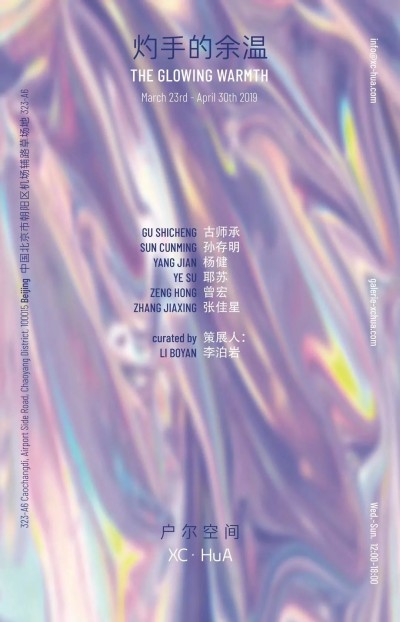

灼手的余温
The Glowing Warmth
艺术家:古师承、孙存明、杨健、耶苏、曾宏、张佳星
策展人:李泊岩
ARTISTS: Gu Shicheng, Sun Cunming, Yang Jian, Ye Su, Zeng Hong, Zhang Jiaxing
CURATORS: Li Boyan
开幕 | Opening: 2019/03/23, 16:00, Sat.
展期 | Duration: 2019/03/23- 2019/04/30
地点 | Address: 323-A6 Caochangdi, Airport Side Road, Chaoyang District, Beijing, China, 100015 中国北京市朝阳区机场辅路 草场地 323—A6 100015
生活在燕郊的艺术家张佳星,从平日随处可见的废弃建筑材料和生活垃圾中寻找价值,那些长时间堆放在工作室里的“废品”,带有这个时代的悲哀、无奈和幽默。在张佳星的重新组织和塑造后,商品属性开始变异——霓虹灯、涂鸦、覆盖的文字,形成一个个被遗忘角落的再现。这一无产者的创作模式,流露出贫穷的流浪般的悲情诗意。而在古师承那里,都市生活意味着资本与拜金的永不妥协,在那些金灿灿的作品表象之下,奢侈、工业生产、流行化,都是他自身生活的体悟。他编造出形态化的语句,和等价的贵金属打造的单词,是金钱与权利的握手。
曾宏有感于上世纪90年代经济模式和产业结构的调整,他以国营企业建筑作为母题,不断在禁锢与活动、绘画与机械之间寻找平衡点。这些看上去并不复杂的画面,呈现出对共识的反思,以及回顾历史轨迹的伤痕。孙存明对周遭难以分辨源头和结果的事情表示肯定,并认为辨别与思考都显得无能为力。他借用生活中的现成品,改变其原有的语义,在一个个细微的动作中,将事情变得更为浪漫或模糊不清。在他的作品中,倒闭的企业却显得十分光荣……折断的古典风格的阳台柱廊高贵而滑稽……被狗咬过的桌板指向遥远的太空。
在思考人类终极愿望(或终极悲观)时,杨健将其原先雕塑局部(天文望远镜的星盘)填埋在北京郊外荒野的土地下,尝试以这样一个行动扭转人类长期以来的理想向度。这块SDSS是光谱望远镜的光纤插板,同批其他的星盘因为科学活动的需要被运到中科院,它们代表着我们头顶的某些天体区域,而“不劳仰望”的命题,是艺术家给予幸运儿的一种馈赠。耶苏选择了另外一个方式让后人铭记今天,那就是造像,这是人类塑造文明最传统的方式之一。他将某知名快餐食品塑造为永恒的雕像,在快速与永恒之间寻求契合点,在将其“能量封存”的态度下,垃圾食品传化为历史长河中的一个标志,一个将被后人不断言说和记忆的标志。
展览《灼手的余温》尝试重新定位作品与社会存在的关系,将批判的姿态转化为持续的余温。试图探讨艺术作为紧急应对现实的工具,是否也保存并延长了诸多现实情况内涵的感性维度,从而在现实的余温中,持续给予观者以烫手的启迪。正如黑格尔所言:“历史是一堆灰烬,但灰烬深处有余温。”
Zhang Jiaxing, an artist living in Yanjiao, seeks value from the waste of building materials and household garbage that can be seen everywhere in daily life. The “waste” which has been piling up in the studio over a large period of time emits the sadness, helplessness and humor of the surrounding area. After reorganizing and reshaping the waste, the innate commercial value of the goods begins to mutate - neon lights, graffiti and partially covered words takes on a new identity of the forgotten corners. This proletarian creation model reveals the sorrowful poetry of wanderers. For Gu Shicheng, urban life upholds the notion that the worship of capital and money never is compromised. Under the golden appearance of his works, luxury items, industrial production, and popular culture reveal the realizations of his own life. He crafts words and shapes into statements which are created with the equivalent precious metals: a handshake of money and rights.
Zeng Hong bears witness to the adjustment of the economic model and industrial structure in the 1990s. He used the construction of state-owned enterprises in the last century as a motif, constantly finding a balance between imprisonment and activities, painting and machinery. These seemingly uncomplicated images reflect on the consensus and the scars of historical trajectories. Sun Cunming's creed is concerned with the difficulty in distinguishing between the source and the result. He believes discrimination and thought were powerless and borrows the ready-made products in life, which he redefines, changing the object's original semantics, extending its appearance romantically or ambiguously by means of subtle movements.
In thinking about the ultimate aspiration of mankind (or ultimate pessimism), Yang Jian buried his original sculpture (the astronomical telescope) under the land of the wilderness outside Beijing, trying to reverse the long-term ideals of mankind with by his actions. This SDSS is a fiber optic plug-in of the Spectral Telescope. The same batch of other astrolabes was transported to the Chinese Academy of Sciences for scientific activities. They represent certain celestial areas, and the proposition of “not bothering to look up” is the artist’s gift to the lucky ones. Ye Su chose another way for future generations to remember today, that is, the statue, which is one of the most traditional ways for mankind to shape civilization. He portrayed well-known fast food as an eternal statue, seeking a connection between speed and eternity. Under the attitude of “energy storage”, junk food is a symbol of history, a sign that will be constantly spoken and remembered by future generations.
The exhibition The Glowing Warmth attempts to reposition the relationship between art and social existence by transforming the critical posture into the continuous residual warmth. Art becomes a tool for an urgent response to reality, whether to preserve or to prolong the perceptual dimension of numerous real-life situations or connotations, thus continuously giving viewers burning enlightenment in the realistic residual warmth. As Hegel said: "History is a pile of ashes, but there is a temperature in the depths of the ashes."
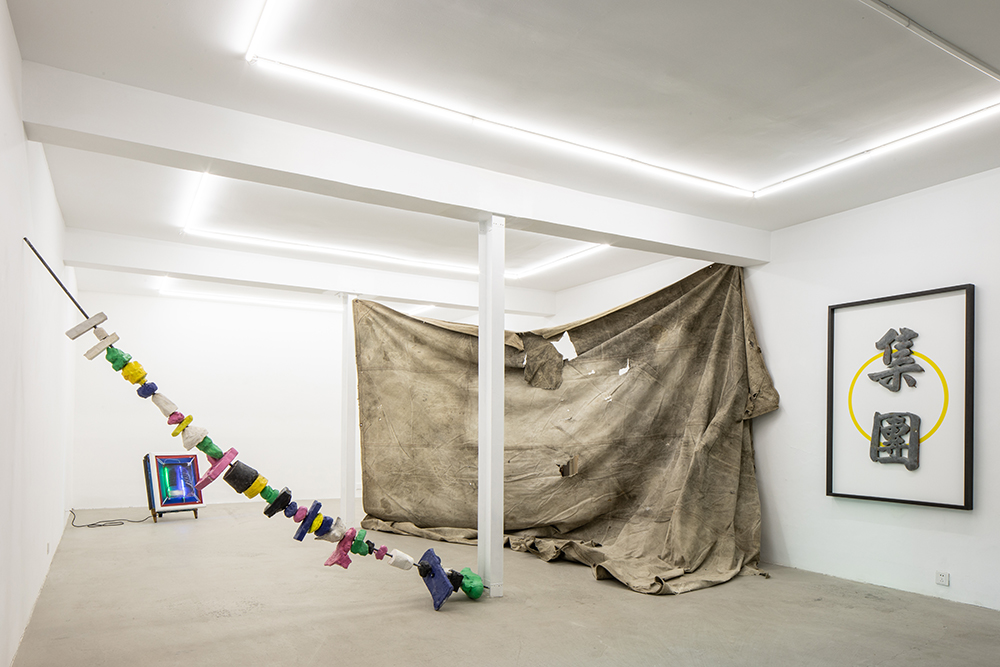
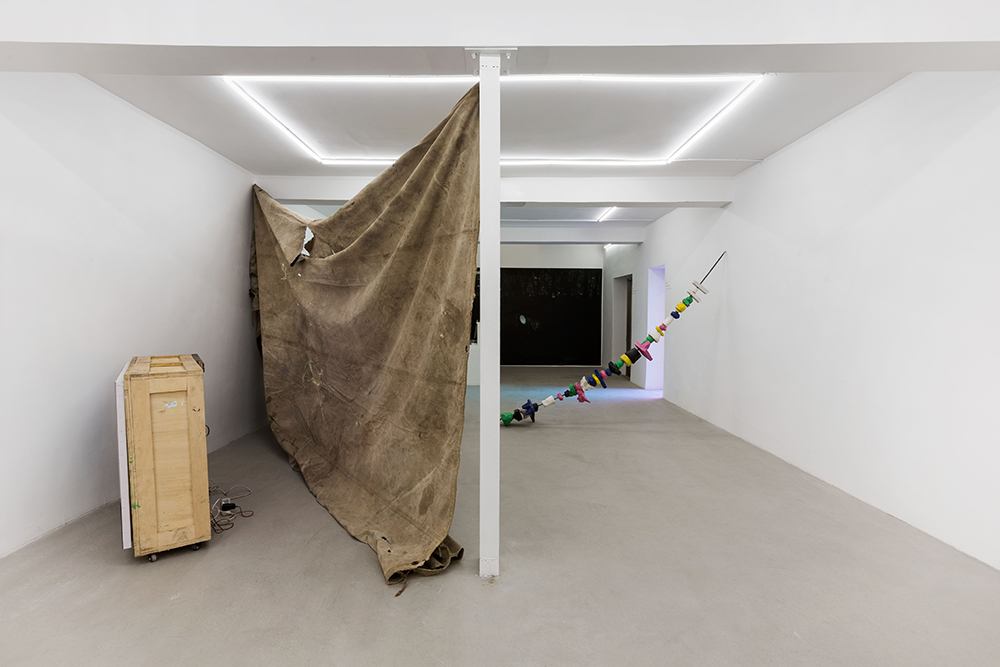



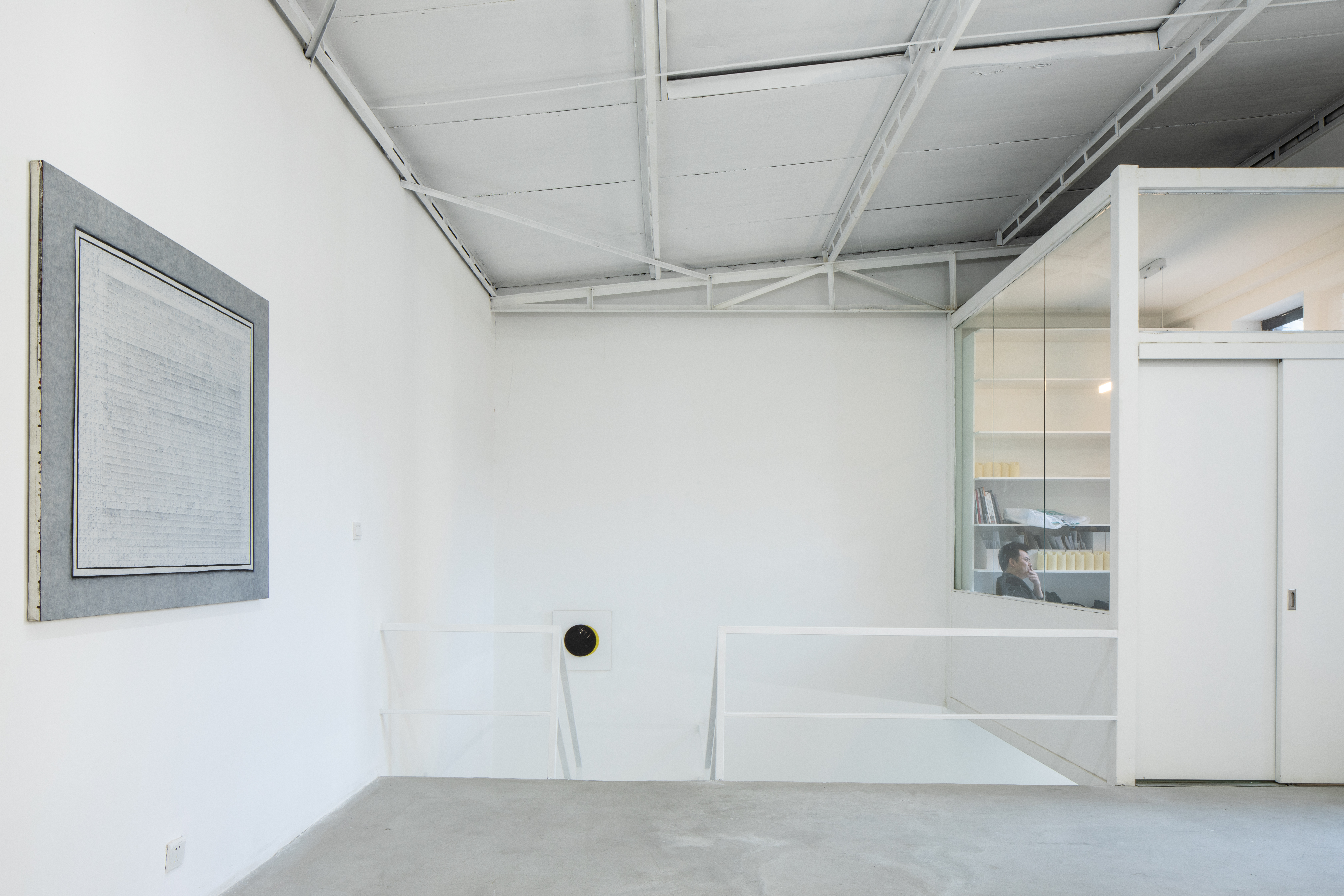


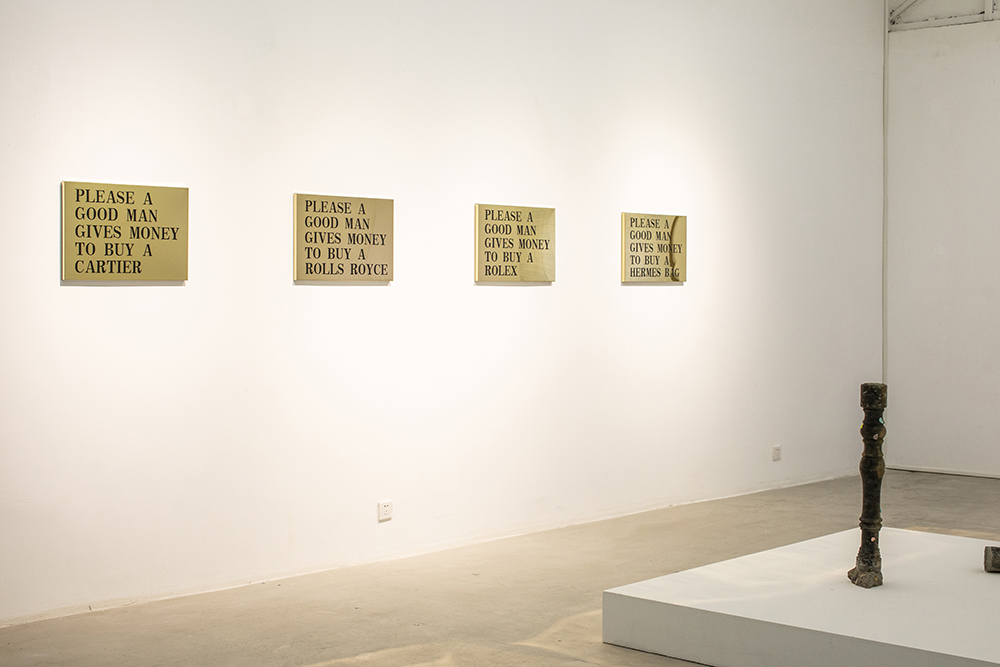
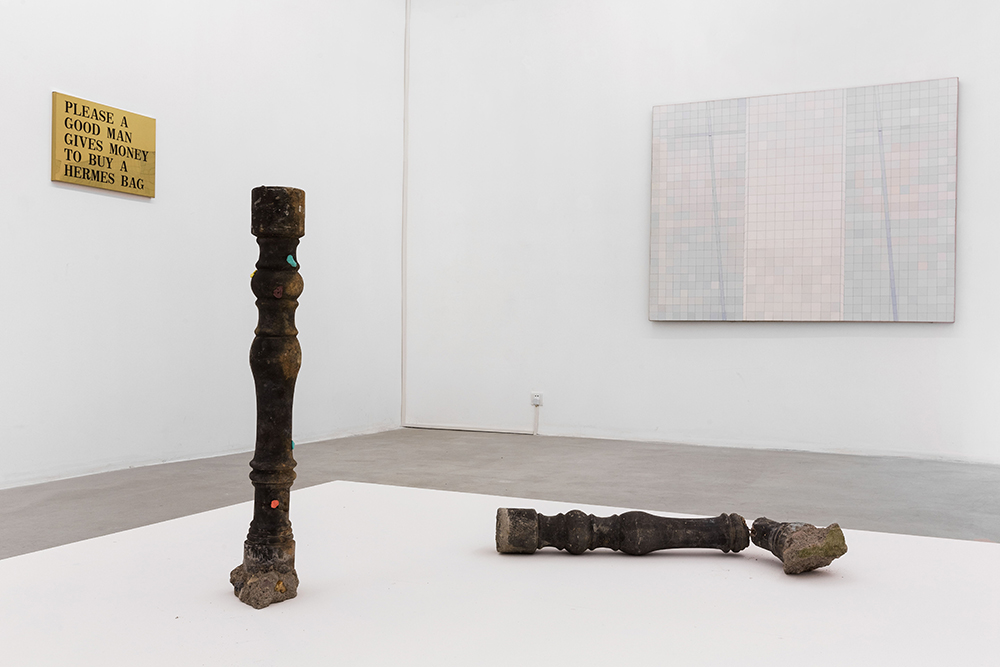
more:
李泊岩:余温的遗产[pdf]